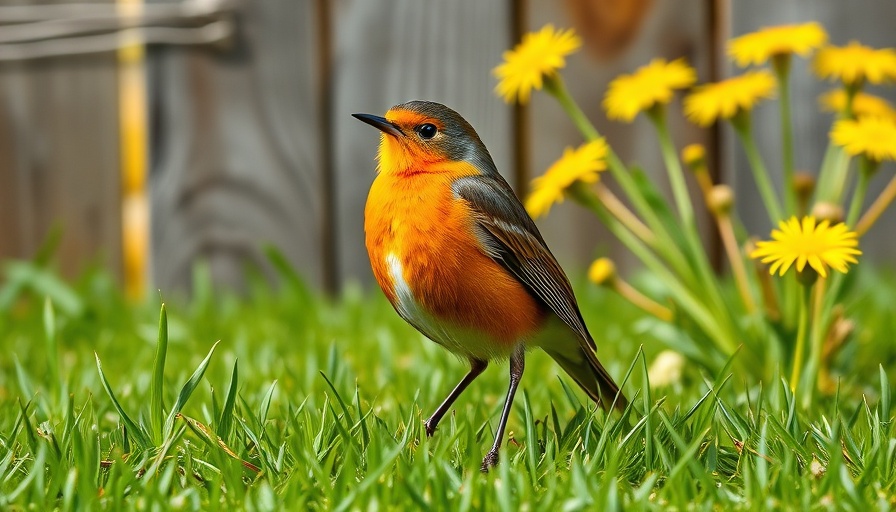
The Heartwarming Story Behind the First Robin of Spring
As the days grow longer and nature begins to awaken from its winter slumber, the American robin emerges as a cherished symbol of spring. For many, it represents not just the changing season but also a profound connection to our past and the people who have influenced our love for nature. Rasheena Fountain's enchanting story encapsulates this sentiment perfectly.
A Spark That Ignited a Passion for Nature
Rasheena's journey into environmental science began in kindergarten through the encouragement of her beloved teacher, Miss Beak. Under her guidance, students were inspired to explore the natural world in a contest to spot the first robin of spring. This experience offered Rasheena not just the thrill of winning but a lifetime fascination with various aspects of the environment, further nurtured as she studied and worked with organizations such as the Audubon Society.
The American Robin: Nature's Messenger
The American robin is often celebrated as a herald of warmer weather. Yet, as bird expert Kenn Kaufman points out, these birds showcase a fascinating complexity in their behavior. Some robins remain throughout the winter, while others migrate significant distances. Across the northeastern U.S. as winter fades, their joyful calls can be heard announcing the arrival of spring. This duality of existence adds to their allure, allowing us to appreciate their vibrant return as a true sign of the season.
A Personal Connection That Lasts a Lifetime
Rasheena's story serves as a reminder of the power educators possess in shaping our passions and interests. Whenever she spots a robin, it is a gentle nudge to reflect on the teachings of Miss Beak and the love for the environment sparked within her during those early formative years. It’s a sentimental connection that many share, binding us to childhood memories and the beauty of nature.
Create Your Own Spring Traditions
Why not create your own version of Rasheena's childhood contest? Encouraging young people to observe robins can ignite curiosity and foster a love for nature that lasts a lifetime. Simple activities like birdwatching can help families connect with nature and each other, reinforcing the importance of biodiversity and conservation.
As spring approaches, let us all take a moment to appreciate the beauty and significance of the American robin. Whether in our backyards or local parks, these feathered friends enrich our lives with their vibrant colors and joyful songs. So, the next time you spot a robin, remember what it signifies—a call to reconnect with nature and nurture the bonds we have with those who inspire us.
For those looking to dive deeper into the mesmerizing world of birds, consider sharing your own experiences and stories surrounding birdwatching and springtime traditions. Your narratives could inspire someone else to engage with nature in meaningful ways!
 Add Row
Add Row  Add
Add 




Write A Comment